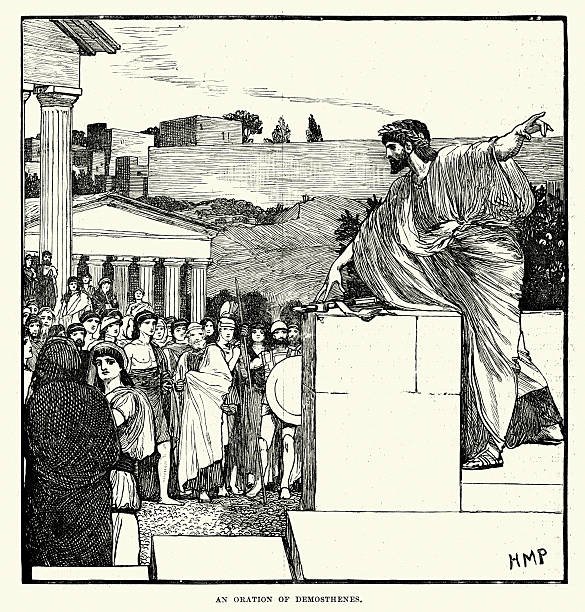The modern world owes much to the Ancient Greeks, from philosophy and science to the arts and governance. When it comes to governance, however, one might assume that there are few parallels between ancient Greece and the contemporary United States. While there are certainly stark differences in terms of technology, social structures, and worldviews, it’s fascinating to discover that there are also some similarities between the two. In this article, we explore these parallels and contrasts to offer an insightful comparative look at the governance of two different civilizations separated by both time and space.
What are the Similarities and Differences Between Ancient Greek Government and the Modern United States Government?
Similarities
- Democratic Ideals: The most obvious similarity between the Ancient Greeks—particularly in Athens—and modern United States is the concept of democracy. Athenian democracy wasn’t a representative democracy as in the U.S., but the central idea that citizens have a say in governance is a common thread.
- Separation of Powers: Although not as formalized in Ancient Greece, there was an understanding that different branches of governance served different functions. This idea is clearly institutionalized in the U.S., with the executive, legislative, and judicial branches.
- Checks and Balances: Similarly, both systems had mechanisms in place to prevent an excessive concentration of power. In Athens, this was done through a system of lotteries and short-term offices. In the U.S., checks and balances between the different branches serve this function.
- Citizen Participation: In both cases, citizen engagement is crucial. Athenians participated directly in governance, while Americans vote to elect their representatives.
- Public Debate: The Agora in Athens and the public sphere in America serve similar purposes, being spaces for free discourse, political discussion, and public debate.
Differences
- Inclusivity and Franchise: One glaring difference is in who gets to participate. Athenian democracy was far from inclusive, restricted only to free, male citizens of Athens. The U.S., after a long struggle for civil rights, is comparatively more inclusive, extending voting rights to women, minorities, and naturalized citizens.
- Scale and Complexity: The Athenian city-state was a much smaller polity than the modern United States. As such, direct democracy was more practical in Athens, while the U.S., given its size and diversity, employs a representative democracy.
- Legal Codification: The U.S. operates under a codified constitution that lays out the structure of government and laws. Ancient Greek law was not as systematically codified.
- Federal vs. Unitary: The United States is a federal republic, meaning that it has multiple levels of government, including state governments, with constitutionally defined powers. Ancient Greece was more akin to a unitary system, particularly within each city-state.
- Executive Power: The U.S. President wields significant authority and serves as both head of state and government. In contrast, Athenian leadership roles were often more distributed and limited in scope and duration.
Conclusion
While separated by millennia and vast geographical distance, the governance systems of Ancient Greece and the modern United States share key foundational principles, notably the emphasis on democratic governance. However, the differences are equally important to note, as they reflect not just temporal and cultural gaps, but also fundamental differences in scale, inclusivity, and legal structure. Understanding these similarities and differences can offer valuable insights into the strengths and weaknesses of each system, and perhaps even offer lessons for contemporary governance.

